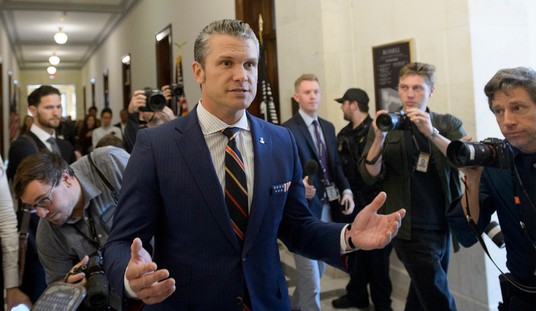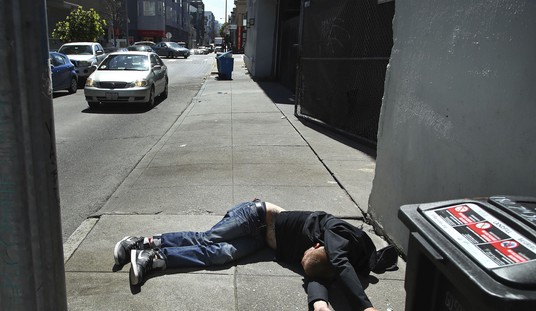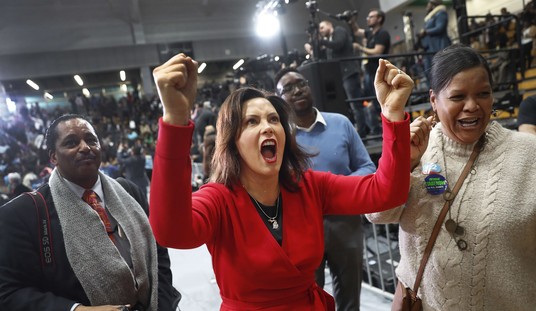Let’s face it: Minnesota is a blue state. It has been for the last 11 election cycles, and to be frank, it would take a miracle to change that now. Even in the year Reagan swept the nation winning 49 states, the state Reagan lost by just 0.18%? Minnesota. However, in the crazy world that is 2020, Real Clear Politics has Minnesota listed as a swing state. Just how likely do I rate the potential of a Trump victory in Minnesota? Let’s just say, I wouldn’t bet on it.
In 2008, Obama won Minnesota with 54.1% of the vote, the most draw a candidate has received in the state in the 11 election cycles since 1976. It was a 3 point increase over John Kerry’s outing in 2004 and a 6.8 point increase over Gore’s take in 2000. He walked away with 1,573,374 votes compared to McCain’s performance at 43.8% and 1,275,409 votes.
In 2012, Obama again won Minnesota, this time with only 52.7% of the vote. Obama’s tally that year was 1,545,165 a shortage of 27,189 votes from his 2008 numbers. Romney, on the other hand, received 45% of the vote or 1,320,240 votes, an increase of 44,831 votes over McCain’s 2008 run. This begins to show us a shift in the electorate in the state. The shift, while there, is much more muted than compared to other states. Obama’s win over Romney was still decisive enough to place Minnesota out of any chance for Republicans in 2016.
During the 2016 race, there was talk of a potential Trump upset in the state. I was skeptical of such a prospect, even after discovering underlying data that pushed Wisconsin, Michigan, and Pennsylvania into Trump’s reachable territory. I still didn’t think that Trump could win in Minnesota, and I turned out to be right. Not by much, but right nonetheless. In 2016, Hillary won 1,366,676 votes, or 46.4% of the vote in Minnesota, compared to Trump’s 44.9% and 1,322,891 votes. The factors here to show that this isn’t a shift from left to right as much as there is in other states is that Trump’s votes only increased 2,651 votes over Romney’s 2012 performance, and Trump’s share of the votes dropped a tenth of a percent, from 45% to 44.9%. Clinton, on the other hand, underperformed Obama’s 2008 numbers by 206,678 voters and his 2012 results by 179,489. That means the margin of victory wasn’t Trump’s draw but rather Clinton’s inability to draw the voters.
Meanwhile, voter registration numbers from 2008 to 2016 mirror those election results. In order for us to say that Trump may have a better chance of winning in 2020, we would have to assume that Clinton voters would be voting for Trump this year (that’s not happening), or that Trump has made strides in voter registration that compensate for this difference. The problem is, the numbers support neither of those potentials. In counties that Trump won in 2016, they have added just 51,586 voters or a 3.35% increase over their 2016 registration numbers. In the meanwhile, in Clinton counties, they have added 71,236 voters or a 4.12% increase over their 2016 registration. Not only have Democrat counties added more voters by raw numbers, but they have also added a higher percentage of voters over their 2016 numbers. That means that Trump actually has a hard battle for Minnesota than he did in 2016.
Even if we take that analysis back to cover Romney counties, those counties only added 46,146 voters since 2016, while Obama counties have added 76,676 voters. Essentially the two are tied for percentages of increase as well, 3.77% to 3.75% respectively.
Does that mean that Trump loses the state? Probably. There’s no data to suggest that Trump has converted voters or activated voters that have previously been disengaged. Trump’s margin of loss in 2016 wasn’t his out-performing Romney but rather Clinton, under-performing Obama. Minnesota stays blue.












